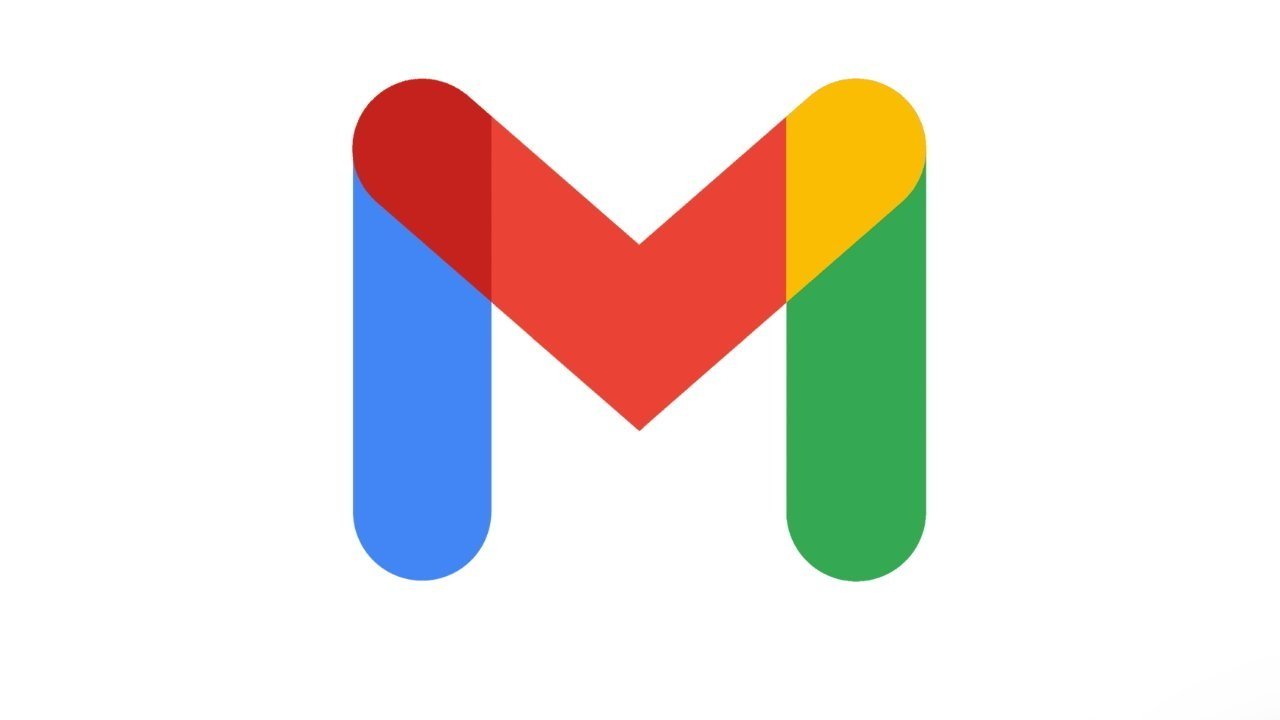Google is altering its policy regarding inactive accounts, with a new time limit on idle accounts aiming to bring even more safety and security to its digital offerings.
On Tuesday, Google announced that its previous policy regarding inactive accounts is being altered a bit, all in the name of security. In the announcement, Google says older, inactive accounts are more prone to be compromised for a variety of different reasons, including reuse of passwords and not having two-factor authentication enabled.
Going forward, instead of idling an account with the potential for data recovery, Google will delete the inactive account in its entirety.
The company says that if a Google Account has not been used or signed into for at least 2 years, then it is possible the account will be deleted, along with all of its data. That data extends beyond just Gmail, though, with Calendar, Meet, Docs, Drive, YouTube, and Google Photos also getting the clean sweep.
However, the announcement does also note that this new policy only impacts personal accounts. Accounts associated with schools or businesses will not be touched.
Google also says there will be plenty of notice, with the company sending out multiple notification emails to the account before it is deleted. And this isn't happening right away, with the company noting the first inactive accounts will start being deleted in December of this year.
The whole process will be a phased approach as well. Google is starting with accounts that were set up and then never used after that.
How keep your Google account active
- Use Google Drive
- Downloading an app with that account via the Google Play Store
- Use Google Search
- Utilize Google's "Sign in with Google" feature to access a third-party app or service
- Watch a YouTube video
- Read or send an email via Gmail
And if you have a subscription set up with that account, to something like Google One, the company will deem that account as active and it will remain that way.
Interestingly, the announcement doesn't confirm whether or not setting up an alias, something you can also do with Apple's Mail app, via Gmail and having it forward emails to a different account is reason enough to identify an account as active. AppleInsider has reached out for comment and clarification.
 Evan Selleck
Evan Selleck

-m.jpg)






 Malcolm Owen
Malcolm Owen
 Marko Zivkovic
Marko Zivkovic

 Chip Loder
Chip Loder
 Christine McKee
Christine McKee
 William Gallagher
William Gallagher
 Amber Neely
Amber Neely



-m.jpg)






6 Comments
This new policy prompts an interesting question for me: how much do I value my mostly dormant extra Google accounts? I probably have 10-15 of them. Do I try to consolidate all of them into one or two extra accounts? Do I try to keep them all alive?
Some of these accounts are very old and date back to the first or second year of Gmail. Some of these have parallel Yahoo and Hotmail accounts.
What is the value of an online identity? Clearly some were set up to be disposable throwaway accounts. Others were created to silo Internet activities under a different identity, mostly to keep browser ads and mail spam directed elsewhere.
I use Google far less today than the late 2000s. I can't cut the strings completely because I still rely on Google Voice. Sometimes YouTube is handy though I don't treat it as a leisure site. Waze is still a helpful service and Google Maps simply works better in some countries than Apple Maps.
I'm guessing that Yahoo, AOL, and Microsoft/Outlook will soon adopt similar policies.
Something to noodle over the next few months.
I wonder if they will re-make the old accounts available for re-use. I've created, but rarely or never used accounts on many services as they launched to protect my brand and identity. I've also got accounts that I've used but essentially abandoned. However, those accounts would still potentially exist in contact lists of those I've communicated with. If suddenly someone else were able to revive those addresses, it could be a path to identity theft.
Google delete any customer info that is very hard to believe…..